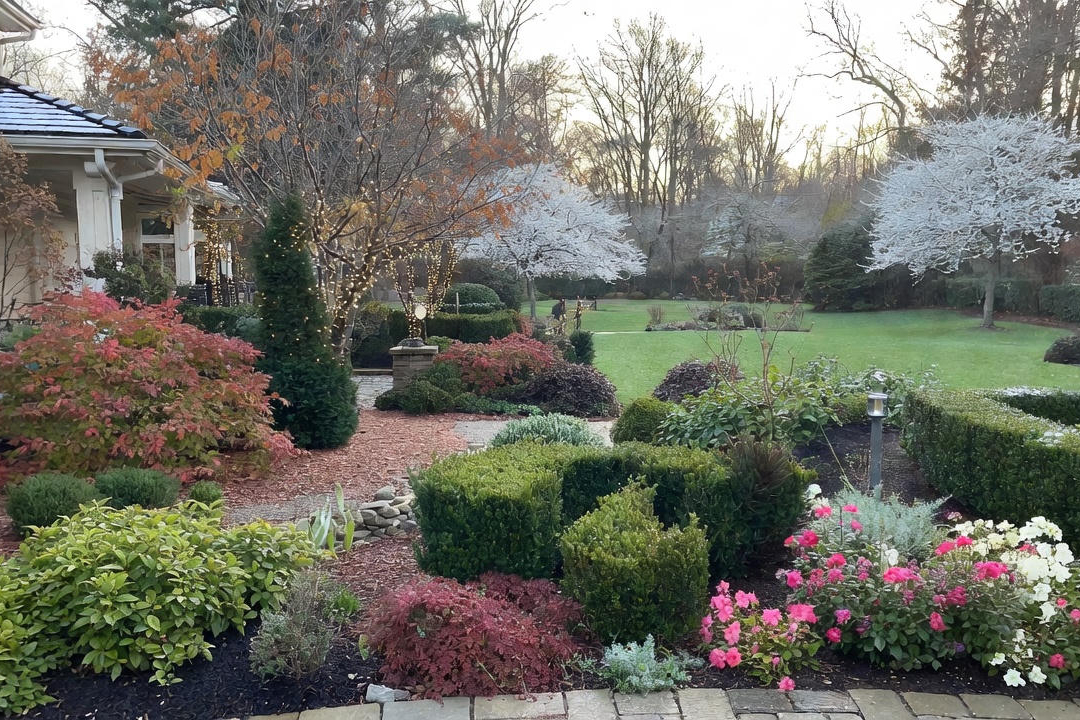
Perennials are a long-term investment for your garden as they come back every year in the spring with beauty and grace. Consider planting flowering perennials that both look attractive and promote local pollinators within your neighborhood. Definitively, a perennial plant lives for two years or more. Many perennials can live for ten or even twenty years if cared for appropriately. With creative foliage color and flower power, perennials can become the seasonal feature plant of the landscape.
Typically, most perennials in the northern states die back during winter and return every spring with an explosion of gorgeous greenery to start the process all anew. South and southwestern gardens often have year-round perennial plantings. Perennials are known as the primary plants in cottage gardens and English perennial beds. They have happily become standard in all types of garden landscaping. With careful planning of your landscape and a good understanding of the perennial plants flowering cycle, you can plan gorgeous flowering and foliage displays for most of the season which help support your local wildlife.
How to Grow Perennials
Plant perennials anytime, however, they establish best in the spring or fall. Understanding a plant's growth habits, watering needs, and sun requirements is particularly important in the planting process for a plant that will be in the ground multiple seasons. Therefore, determine a plan by drawing out a rough design on a computer or paper. Be sure to consider the full expected size of the plant once mature so you do not overcrowd the beds.
Although many recommend double digging a perennial bed, preserving the deep soil structure by raising the bed above ground whenever possible can prove more successful. Raise the bed by placing six to twelve inches of good compost and planting soil mix on top of the ground after all grass has been removed. Then plant perennials directly into the new soil. Eventually the worms and microbes will do their work and the soil you have placed on top of the ground will begin to loosen and blend with the decomposing soil beneath.
What if You Cannot Raise the Soil?
If you do not have the ability to build a raised bed, then remove all grass and weeds and prepare the existing bed by mixing three inches of organic matter in with the topsoil. Consider using worm castings, rotted manure, and leaf mold as well as adding any soil amendments your soil tests have shown you need.
Plant perennials, add two inches of mulch, and water the landscape well. Maintain the garden by adding more compost and organic soil amendments to the perennial beds in future years as you are able. By improving the soil regularly over the seasons, your perennial plants will have a longer life.
Perennial Planting Design Ideas
There are several design techniques to use with perennial gardens. One concept is to put all the tall perennials in the back, the medium height plants in the middle, and the short plants in the front of a planting border. This works well up against a fence or wall.
If planting an island perennial garden, plant all the tall perennials in the middle of the bed, circled by medium height plants, with an outer ring of short plants. Much like hanging a picture in your home, focus on planting in odd numbers; one, three, five, seven, and so on. Odd numbers of plants look better grouped together.
In the end, there are no hard and fast rules in perennial design. Plant monochromatic beds, perfectly even beds, foliage only beds, herbal perennial beds, and all sorts of creative designs. Your imagination is the only limit on the design ideas you might use to build your little piece of garden heaven.
Download iScape now and make landscape design with perennials easy. So simple. So powerful. iScape it!




.jpg)

.jpg)